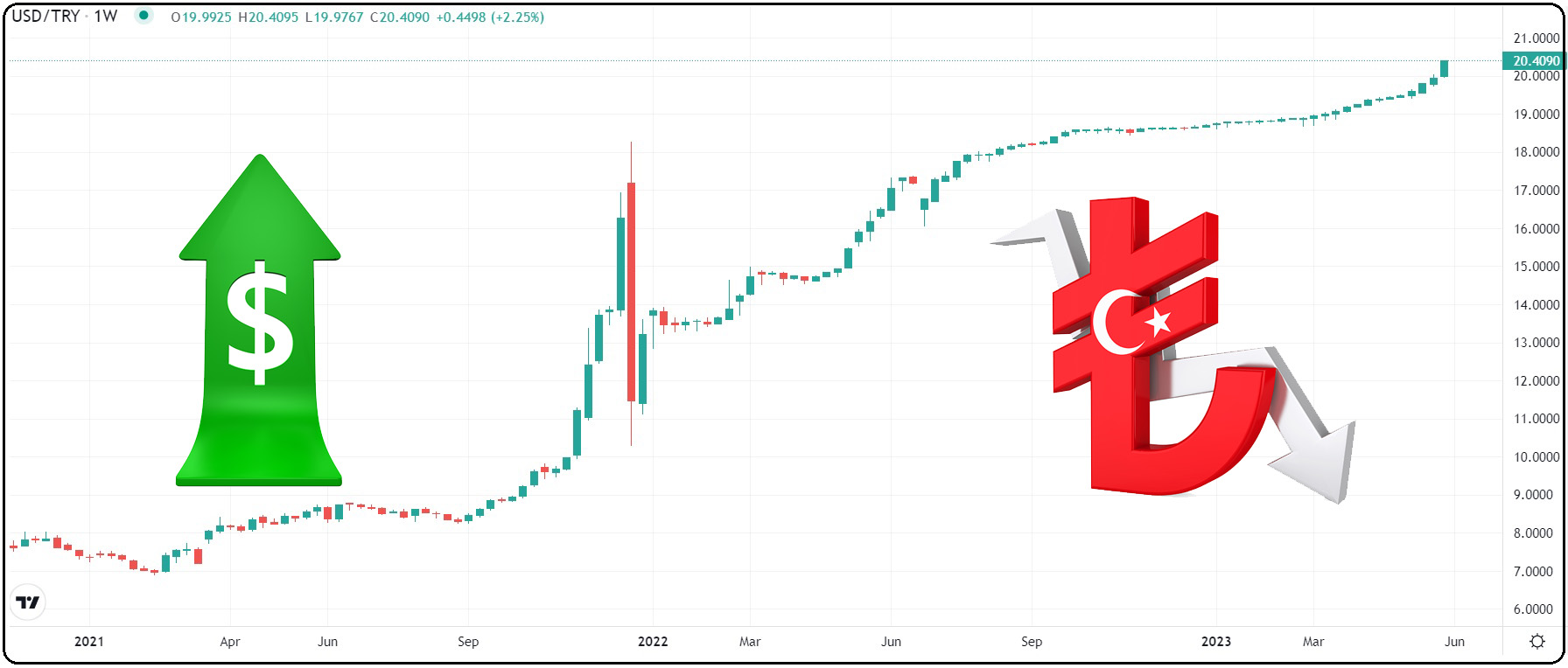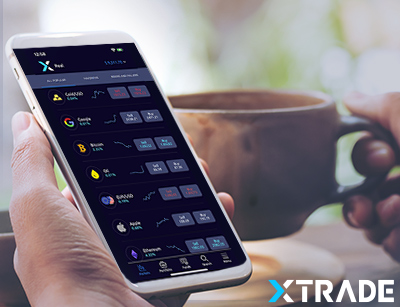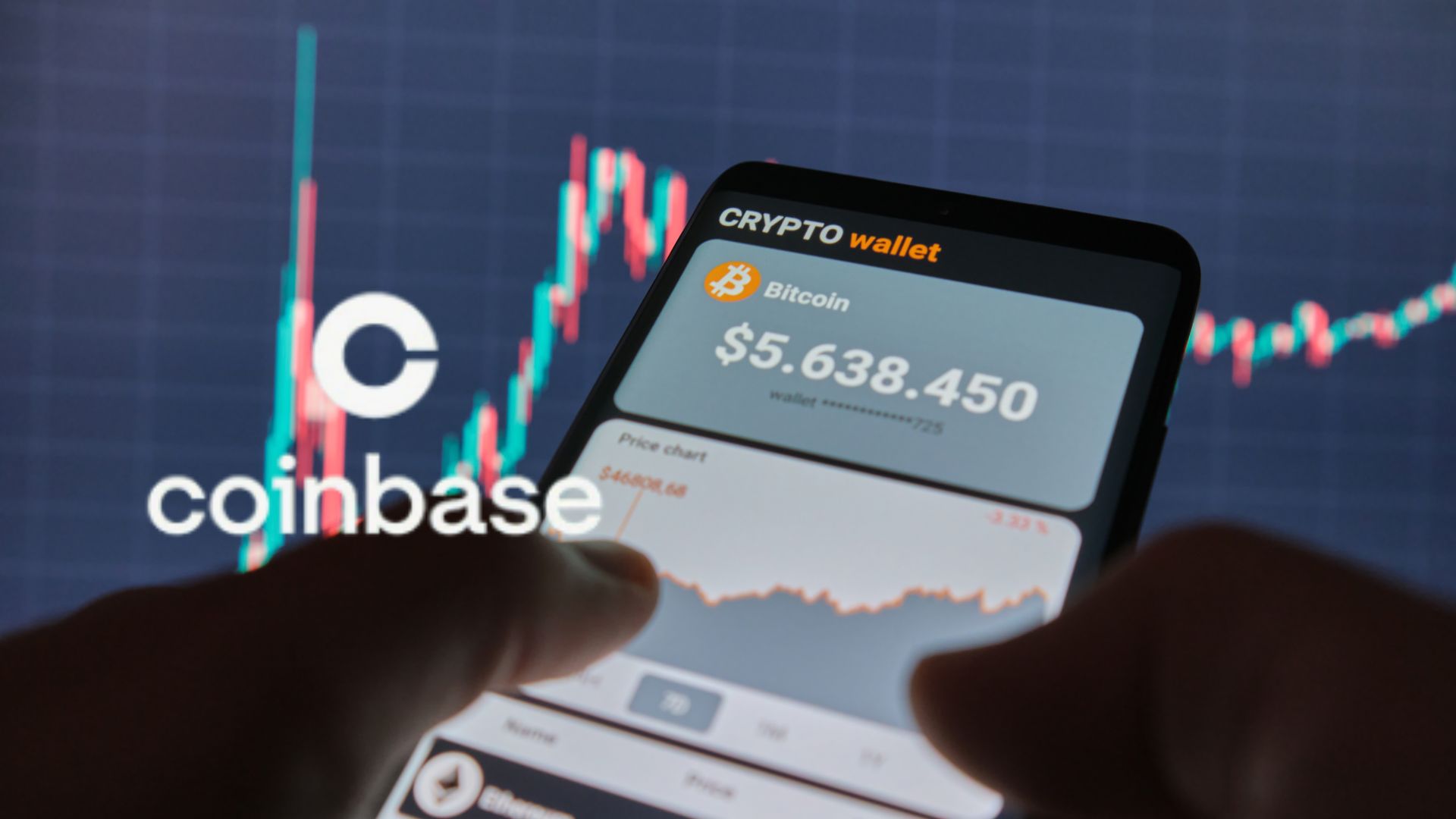The Election Results Deepen the Depreciation of the Turkish Lira
By X-blogger - on May 31, 2023Introduction:
Following President Erdogan’s victory in the election, the Turkish Lira has experienced a significant decline in value. This blog explores the factors contributing to the depreciation of the Turkish Lira, why veteran traders are able to capitalize on these opportunities, and the importance of knowledge in understanding and leveraging such market dynamics.
The Depreciation of the Turkish Lira:
The Turkish Lira has witnessed a decline against major currencies, particularly the US dollar. It has reached record lows, with exchange rates nearing 19 and even approaching 20 Lira per dollar. This volatility has raised concerns among investors and triggered intense market speculation. Since 2021, the US dollar against the Turkish Lira has nearly tripled, rising from 7.4 to 19.8.

Factors Contributing to the Depreciation:
Several factors have contributed to the depreciation of the Turkish Lira, including economic instability, political uncertainties, geopolitical tensions, and inflationary pressures. These elements have created a challenging environment for the Turkish economy, eroding confidence in the Lira and resulting in capital outflows.
Economic Instability and Geopolitical Tensions:
Political uncertainties, trade disputes, and regional conflicts have heightened market volatility, impacting the value of the Turkish Lira. Veteran traders have closely monitored these developments, recognizing the potential for profitable trading opportunities amid the market turbulence.
Inflationary Pressures:
High inflation rates have eroded the purchasing power of the Turkish Lira, leading to depreciation. The Turkish economy has faced persistent inflationary pressures, requiring intervention from the central bank to stabilize the currency. Experienced traders have utilized inflation data to inform their strategies and capitalize on price movements.
Economic Reforms and Structural Challenges:
Structural challenges within the Turkish economy, such as a large current account deficit and heavy reliance on external financing, have added to the volatility of the Turkish Lira. Economic reforms aimed at addressing these challenges have been implemented, but their impact takes time to materialize. Veteran traders, equipped with thorough analysis and understanding of these reforms, have positioned themselves to seize trading opportunities arising from the currency’s fluctuations.
Seizing Trading Opportunities:
While humanitarian aid has poured into Turkey, veteran traders have also recognized the significant depreciation of the Turkish Lira in recent years. Leveraging their experience and expertise, these seasoned traders have made profitable investments amidst the currency’s fluctuations. However, many individuals may have missed out on capitalizing on these opportunities due to a lack of understanding and awareness.
Conclusion:
To trade USD/TRY successfully, continuous learning and staying informed about market knowledge and awareness are essential. By understanding market dynamics, monitoring economic developments, and gaining expertise in analyzing factors influencing the Turkish Lira’s performance, traders can position themselves to seize potential opportunities and navigate the complexities of the global currency markets.
So, do you want to learn how to trade USD/TRY and make predictions about its future direction?
 First Deposit Bonus
First Deposit BonusFirst Deposit Bonus | Phone Verification | First Trade on us | Account Verification














